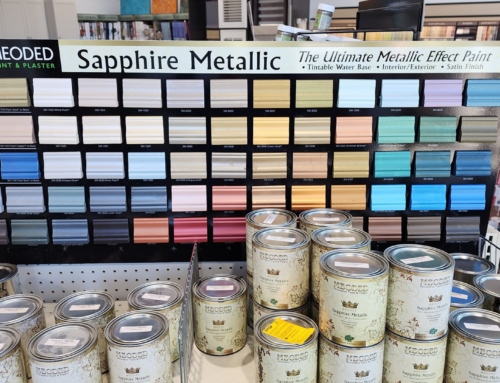A Little Paint History

Patagonia, Argentina – UNESCOs World Heritage Site
Paint has been part of our dwellings for tens of thousands of years. Paint actually appeared about 30,000 years ago in caves. Cave dwellers used paint to decorate the walls of their ancient rock dwellings. The painted images provided the future world with a glimpse of what their daily lives were like in ancient times and the role that paint played as part of our history. Did you know that ancient paint was made from plant sap combined with blood, berries, or other colored soils for pigments?
Over 10,000 years ago, Egyptians created blue pigment by mixing lime, silica, soda ash, alumina and copper oxide. The ancient Chinese, Egyptians, Hebrews, Romans and Greeks developed more sophisticated materials to produce paint such as chalk, arsenic sulfide yellow, and malachite green combined with gum Arabic, lime, beeswax and egg albumen. Then, around 500 BC, lead sheets were reacted with vinegar to make white lead paint in Egypt.
But, it was the Industrial Revolution that truly changed the impact of paint on the national economy in America. The first recorded paint mill in America was established in Boston in 1700 by Thomas Child. In 1867, D.R. Averill of Ohio patented the first prepared or “ready mixed” paints in the United States. In the Mid-1880s, paint factories were popping up across the nation spurred by mechanization and improved manufacturing processes. In the early 1900s, the Industrial Revolution created new markets for paints and coatings for products like the Model T Ford to televisions.
Today, paints and coatings are available in an unlimited amount of colors and finishes not just for homes and buildings but also for furniture, cars, computers, television and so many more products on the market. Today, the paint industry shipment value is approximately $30 billion.
Do you need help finding the right color to make your space appear bigger? Our experts can help. Texas Paint has been in business since 1947 and is an independent dealer of Benjamin Moore Paints and Finishes. Our trained specialists are available to assist you in selecting paint and supplies for your home or business. We also offer FREE 2 hour Pro Delivery Service. Find out more: https://texaspaint.com/pro-delivery/
We have 9 locations across the area in North Dallas, Downtown Dallas, Plano, Park Cities, Grapevine Mills, Fort Worth, Richland Hills, Arlington and Frisco for your convenience.










